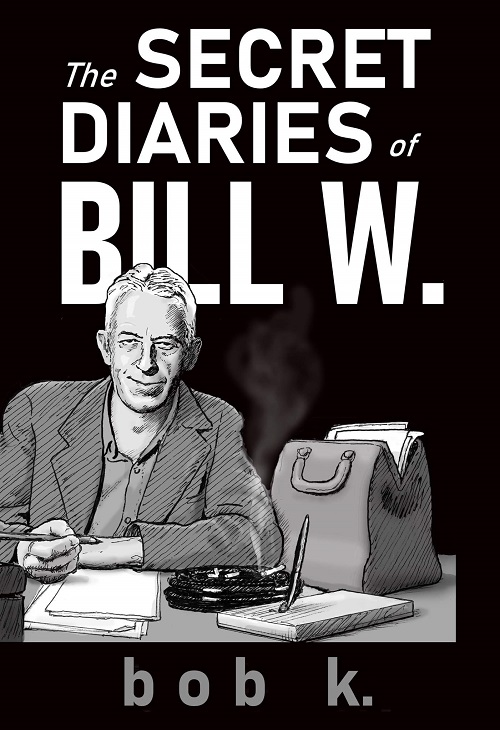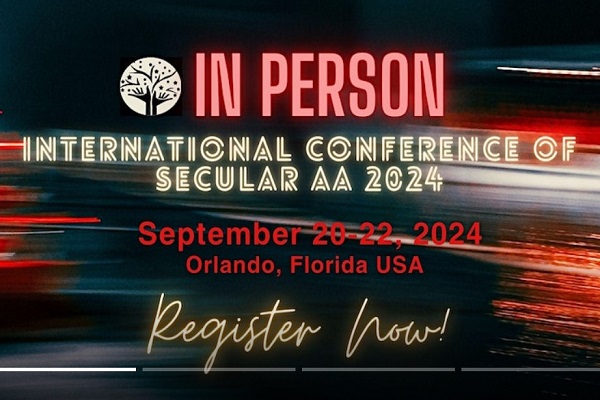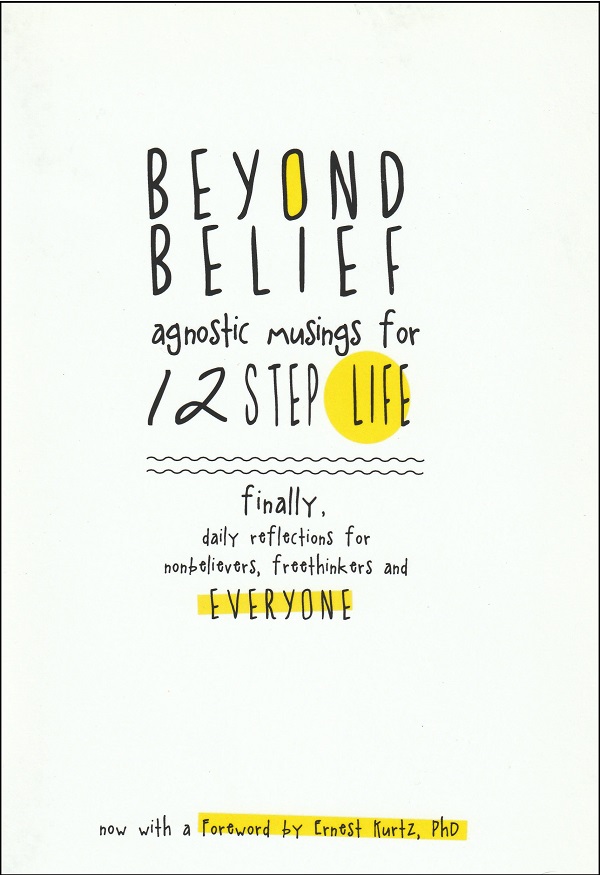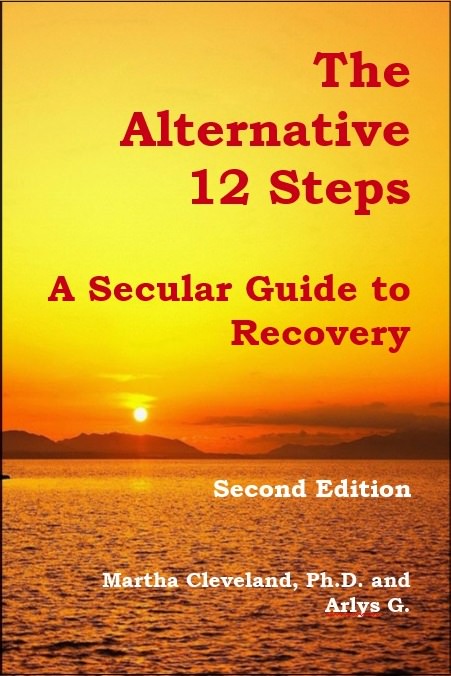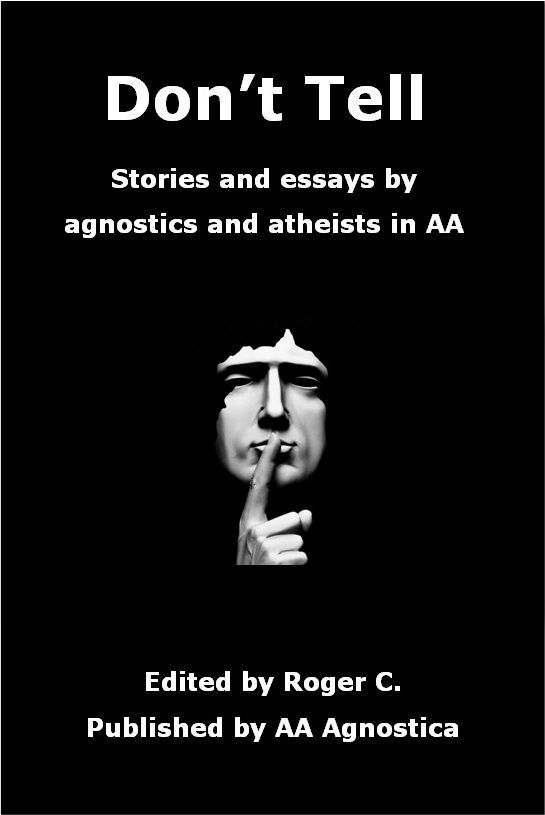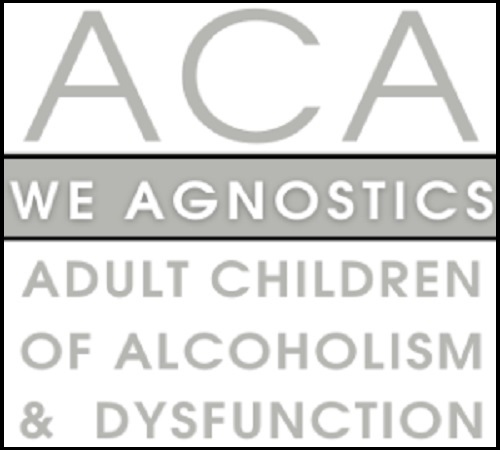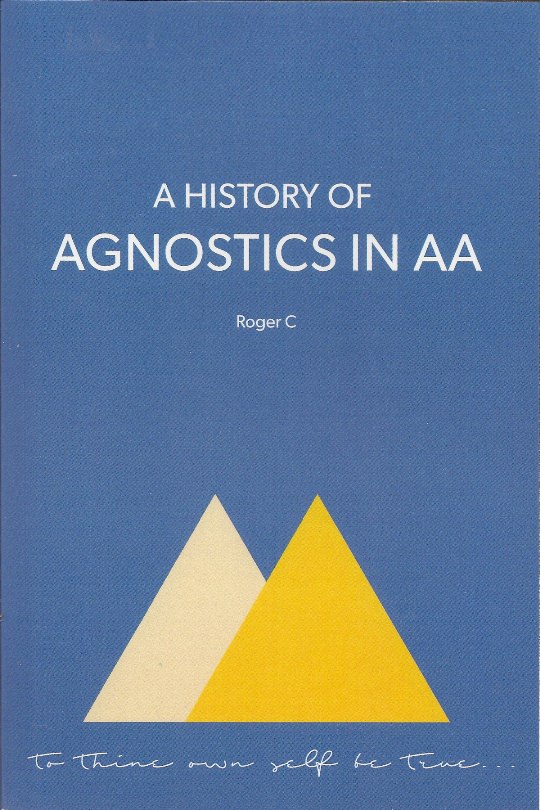Bill W: The Documentary Reviewed

By Tim C.
Bill W., the documentary now showing in cinemas throughout the country, is a delightfully presented look at the story of William G. Wilson, the original public face of Alcoholics Anonymous.
The documentary takes live recordings of the voice of Wilson himself speaking and then synchronizes the voice with a newly created video of actors in period attire. The camera makes very little effort to lip-synch the passages. Nevertheless, the audience definitely gets the impression it is seeing Wilson on film. Actor Blake Evans plays the young Bill Wilson in these recreations. His work is low-key, much in keeping with the theme of anonymity. That worked for me.
The major thesis of the film is that Bill Wilson was, by all rights, one of the greatest persons of the twentieth century because he started Alcoholics Anonymous which has saved the lives of millions of alcoholics and because he authored a book which has sold over thirty million copies. Many people support this idea. Time Magazine included Wilson among its choice of the top “100 Persons of the Twentieth Century.”
The perhaps inevitable secondary thesis of the film centres around the nature of alcoholism. One theory holds that alcoholism is “a primary disease, not just a symptom of deeper underlying psychological problems.” This theory is billboarded across the screen in the middle of the documentary. It has been the mantra of Hazelden since at least the early 1970s. Hazelden is a well-known treatment center, a respected school for addiction counselors, and an important publisher of recovery books and materials in North America. The primary disease theory contradicts Bill Wilson who frequently said: “Bottles are but a symbol of our problem.” These contradictory theories of alcoholism vie with each other throughout the documentary.
I sobered up in Minneapolis where Hazelden educated most of the chemical dependency counselors. The primary disease theory was drummed into us at the Johnson Institute, a Hazelden satellite, where I took counseling courses. Hazelden was important in my own recovery.
However, I have lived in Houston for the last fifteen years of my sobriety. Down here, I note the vast majority of people in AA have never heard of the Hazelden theory… or, if they have heard of it, they stick obstinately to Bill Wilson’s position: Bottles are but a symptom of deeper trouble.
In my opinion, this film reinforces Bill’s theory more effectively than Hazelden’s. Most of us in recovery believe deep down inside that we drank and drugged to cover up pain and insecurities. Hazelden’s theory is probably more important in hospitals and treatment centers than it is to the recovering alcoholic. Perhaps that theory falls in the category of book smarts not street smarts.
With four decades of sobriety behind me, I’d say the causes of addiction involve genes, generations, social contexts and more. All that can’t be fixed in a lifetime. The part of alcoholism that can be fixed is the consumption. When we stop using, addiction goes into remission. Said differently, the primary fix to this disease is to not take the poison that fuels it. Abstinence gets results. Everything else gets mixed reviews. Unfortunately, the alcoholic by definition wants to keep using while he tinkers with all the rest.
Hey folks, this is serious history!
This is, however, a film that presents itself with much ceremony as a “historical” documentary. Nonetheless, the film admits in its own words, that it is really a recreation of the “myth”of the iconic founder of AA. To this academic, retelling myths and writing history are not one and the same thing. Trying to do both in one film is perhaps a tad schizophrenic.
To advance the idea that Bill W. the film is a historical document, the directors feature respected AA historian Ernest Kurtz in person on screen to comment on much of the story. Kurtz is the author of Not God – A History of Alcoholics Anonymous, a work which began as research for his doctoral dissertation, and was published in 1979 by Hazelden.
Other people, who have written biographies of Bill Wilson or AA histories, appear frequently in the film to comment, analyze and lend “academic” credit to the story. These historians include Bill White and several authors from among AA members who are identified by first name and last initial only. Often, the written works of these very authors debunk much of the “myth” around Bill Wilson.
What’s newsreel? What’s accurate recreation? What’s sanitized story telling?
The second time I viewed Bill W., I saw it with an AA sponsee who had a brain injury about twenty years back. He kept asking me “Is this an old newsreel?” This makes me guess young audiences will also be confused about what’s real and what’s made up. It also made me realize that sometimes cameramen are “recreating” real events and sometimes they are simply reinforcing myths fabricated by Bill Wilson himself and by people in AA. This problem plagues the film Bill W.
Three scenes bother me more than others: the Armistice Day slip, the applejack slip, and the “white light” scene representing Wilson’s “miraculous” cure.
Both of the slip scenes are recreated literally as Bill retold them at AA meetings and conferences, at which his wife was present. These slip scenes are all male scenes. In spite of the fact that Wilson was severely criticized by many in A.A. for constant womanizing, the film “recreates” these slip scenes with no women in them.
Note that Wilson warns us in the Ninth Step chapter in Twelve Steps and Twelve Traditions that unfaithful husbands don’t get to save their souls by confessing infidelities to their wives. That would harm them, Wilson claims. Several biographers note Wilson never admitted his infidelities to Lois.
 With the Armistice Day slip, I remember no women in the bars and Bill did his drinking with a guy he met on a bus. During the applejack slip, Wilson claims he spent three days in a hotel room drinking. He and the film lead us to believe he downed that applejack in the company of all men and that he stayed in that hotel room alone. Lois Wilson may have believed that. These filmmakers may have believed that. I don’t believe that for one minute.
With the Armistice Day slip, I remember no women in the bars and Bill did his drinking with a guy he met on a bus. During the applejack slip, Wilson claims he spent three days in a hotel room drinking. He and the film lead us to believe he downed that applejack in the company of all men and that he stayed in that hotel room alone. Lois Wilson may have believed that. These filmmakers may have believed that. I don’t believe that for one minute.
On the bright side, Bill’s stories at these AA events got laughs; they were well-received. They did not hurt Lois’s feelings in public and they illustrated talking points about alcoholism perfectly… perhaps too perfectly. Real life is not always so clear. We drunks don’t often talk to ourselves or to each other with the perfect clarity of these scenes in Bill’s story and the film. This diminishes their value as teaching tools at least a little, in my opinion.
Third, the film recreates the story of Wilson’s famous “white light” experience at Towns Hospital that launched his journey into long-term sobriety. Once again, the film recreates this scene as though it really happened the way Bill Wilson says it did. The room fills with light, clouds and wind pass through. We see the “miracle” cure really happen.
Agnostics don’t believe in miracles
Being an agnostic, I am skeptical of miracles. I would have preferred that the film dutifully show precisely what drugs Wilson took just before his “white light.” The practice at Towns back then involved goof balls (slang for barbiturates), Belladonna, and paraldehyde hypnotic syrup. In addition, Wilson was reading about “spiritual experiences” just before he had one. Those facts are relevant to understanding both “visions” and “conversions.” Maybe real historians shouldn’t try to document “miracles.”
One bone for us agnostics
On the positive side for secularists viewing this film, it does include a couple of phrases out of recovery talk that reassure the unchurched that they can recover too. Bill Wilson’s quote I rejoiced most in hearing was the tape of him saying to someone during discussions of the text to use in the steps: “You’ve got these guys on their knees. Stand them up!” And Bill did. Kneeling was removed from the seventh Step. Thank you, Mr. Wilson!
Bottom line?
Hanlon and Carracino’s Bill W. was crafted to sell to the typical AA crowd and particularly to appeal to the Hazelden crowd. It will do some good and may sober up some new people. However, this film may also help to perpetuate the myth that literal religious miracles are necessary to start recovery. The film also makes it look like alcoholics have slips with their eyes wide open. That’s unfortunate, even if sometimes true. But perhaps it’s equally important to make the point that alcoholics more often than not deliberately deceive ourselves and our friends in the devious lead up to a slip.
All the cinematic magic in Bill W. makes for super easy viewing and listening. Grade-school audiences could enjoy it easily. In fact, I expect this film will be used extensively to teach about AA and addiction for decades to come. Hats off reservedly to directors Kevin Hanlon and Dan Carracino for that accomplishment! Bill W. explains addiction in a lively way. Nonetheless, I have reservations about whether Bill W. will help future generations understand better how recovery starts and maintains itself.
Short review: Three stars with reservations!



